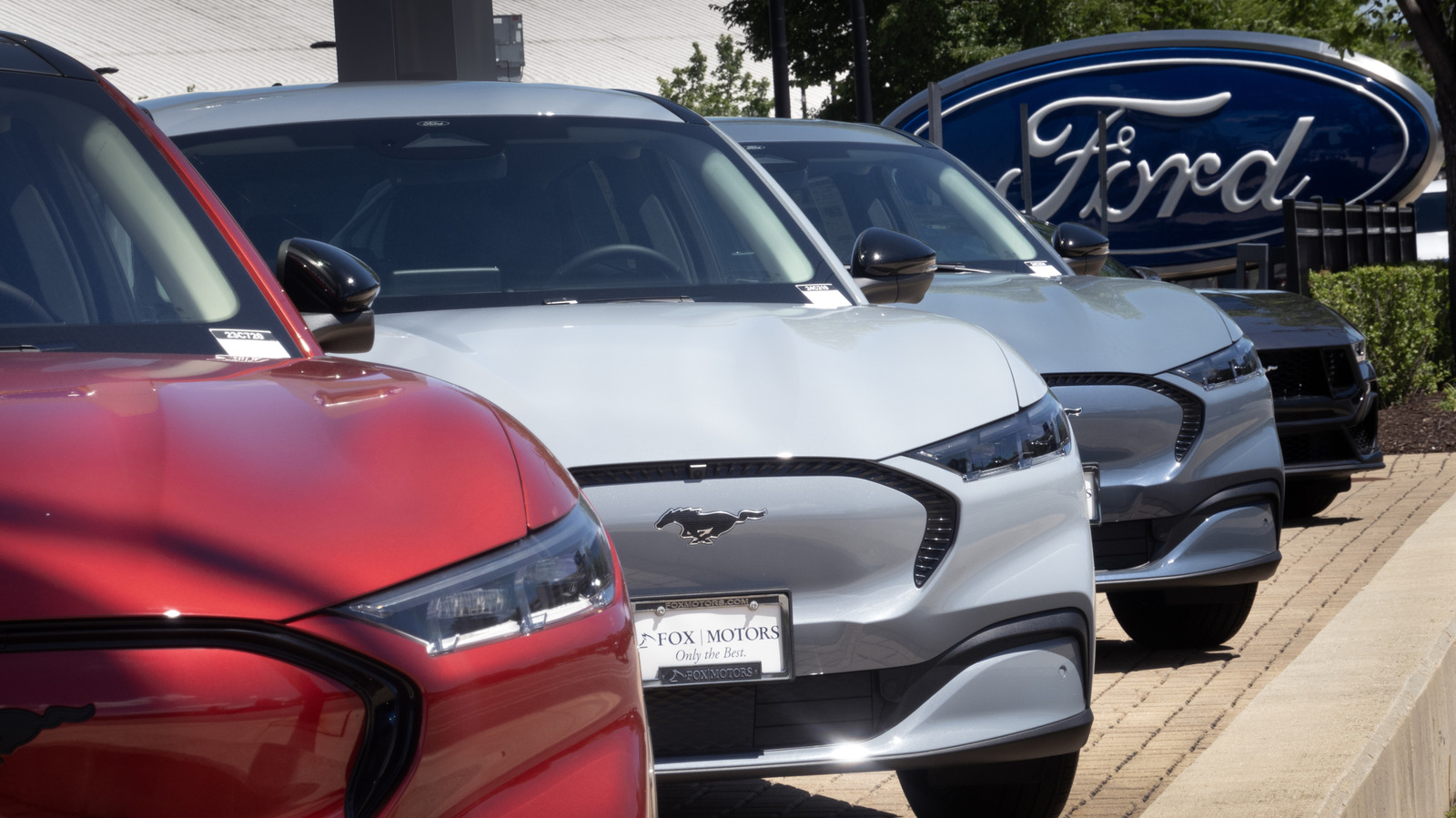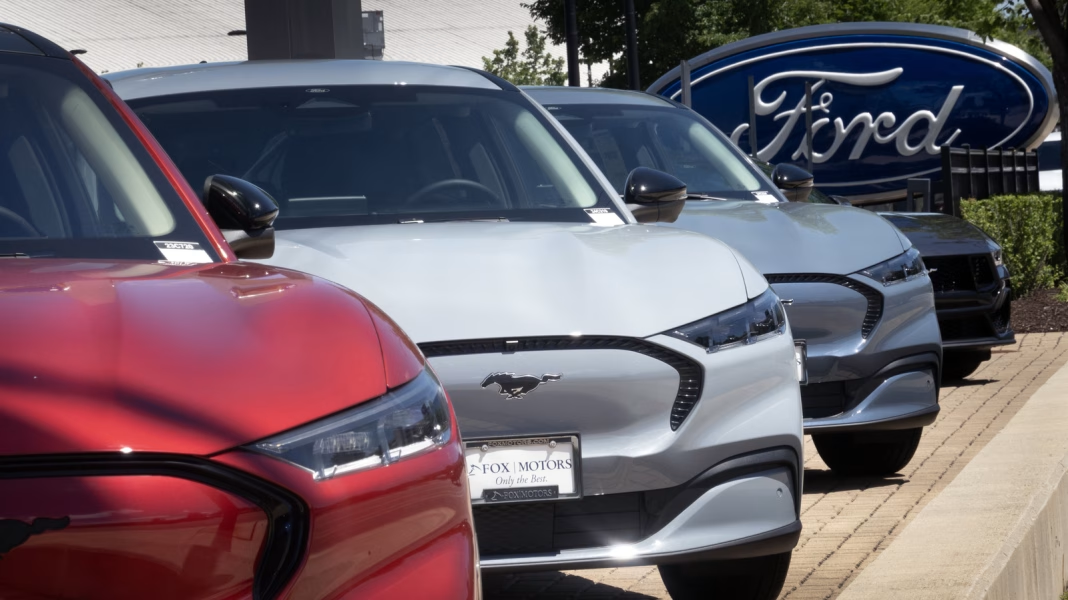What Happens to the EV Market Without Government Support?
The landscape of electric vehicles (EVs) in the U.S. is on the brink of a significant shift. With the potential passing of a major bill that could strip away government incentives, many are left wondering: Can the EV market stand on its own? This question is more than just a political talking point; it’s a crucial consideration for consumers, manufacturers, and environmental advocates alike.
Understanding the Role of Government Incentives
For years, government incentives have played a pivotal role in boosting the adoption of electric vehicles. Tax credits, rebates, and grants have made EVs more accessible to the average consumer, helping to offset the higher upfront costs associated with these vehicles. According to a report from the International Energy Agency, the U.S. saw a significant increase in EV sales, with a 40% rise in 2021 alone, largely fueled by these incentives.
But what happens when these financial crutches are removed? The fear is that without government support, the momentum gained in the EV market could stall. Manufacturers might find it challenging to maintain production levels, and consumers could hesitate to make the switch to electric, especially if prices rise.
The Consumer Perspective: Will They Still Buy EVs?
Imagine you’re in the market for a new car. You’ve done your research, and you’re leaning toward an electric vehicle because of its environmental benefits and lower operating costs. Now, picture that the tax credit you were counting on is no longer available. Would you still make the purchase? For many consumers, the answer might be no.
A survey conducted by the Consumer Reports found that nearly 60% of potential EV buyers cited financial incentives as a significant factor in their decision-making process. Without these incentives, the perceived value of EVs diminishes, and consumers may opt for traditional gasoline vehicles, which could lead to a slowdown in the transition to cleaner energy.
Manufacturers: Adapting to a New Reality
Automakers are already navigating a challenging landscape. The shift toward electric vehicles requires substantial investment in technology and infrastructure. Companies like Tesla, Ford, and General Motors have committed billions to EV development, but the removal of government support could force them to reevaluate their strategies.
For instance, Ford has announced ambitious plans to ramp up EV production, aiming to produce over 2 million electric vehicles annually by 2026. However, if consumer demand falters due to the lack of incentives, these plans could be jeopardized. Manufacturers might need to pivot their focus, perhaps investing more in hybrid technologies or even scaling back production altogether.
Environmental Implications: A Step Backward?
The potential decline in EV adoption due to the removal of incentives doesn’t just impact the automotive industry; it has broader implications for the environment. The U.S. has set ambitious goals for reducing greenhouse gas emissions, and electric vehicles are a cornerstone of these efforts.
If fewer consumers are buying EVs, the country could see a slowdown in its progress toward these environmental targets. A study from the Union of Concerned Scientists highlights that widespread adoption of electric vehicles could reduce emissions significantly, but this progress is contingent on maintaining consumer interest and support.
Looking Ahead: What’s Next for the EV Market?
As the bill progresses through the legislative process, stakeholders are watching closely. The outcome could reshape the future of transportation in the U.S. If the bill passes, it may force the industry to innovate in ways we haven’t yet imagined. Manufacturers might need to find new ways to make EVs appealing without government incentives, perhaps through advancements in battery technology or enhanced features that justify the cost.
The big takeaway? The future of the EV market isn’t just about the vehicles themselves; it’s about how we navigate the challenges ahead. Whether through innovative marketing strategies or new financing options, the industry will need to adapt. Start with one change this week, and you’ll likely spot the difference by month’s end.


